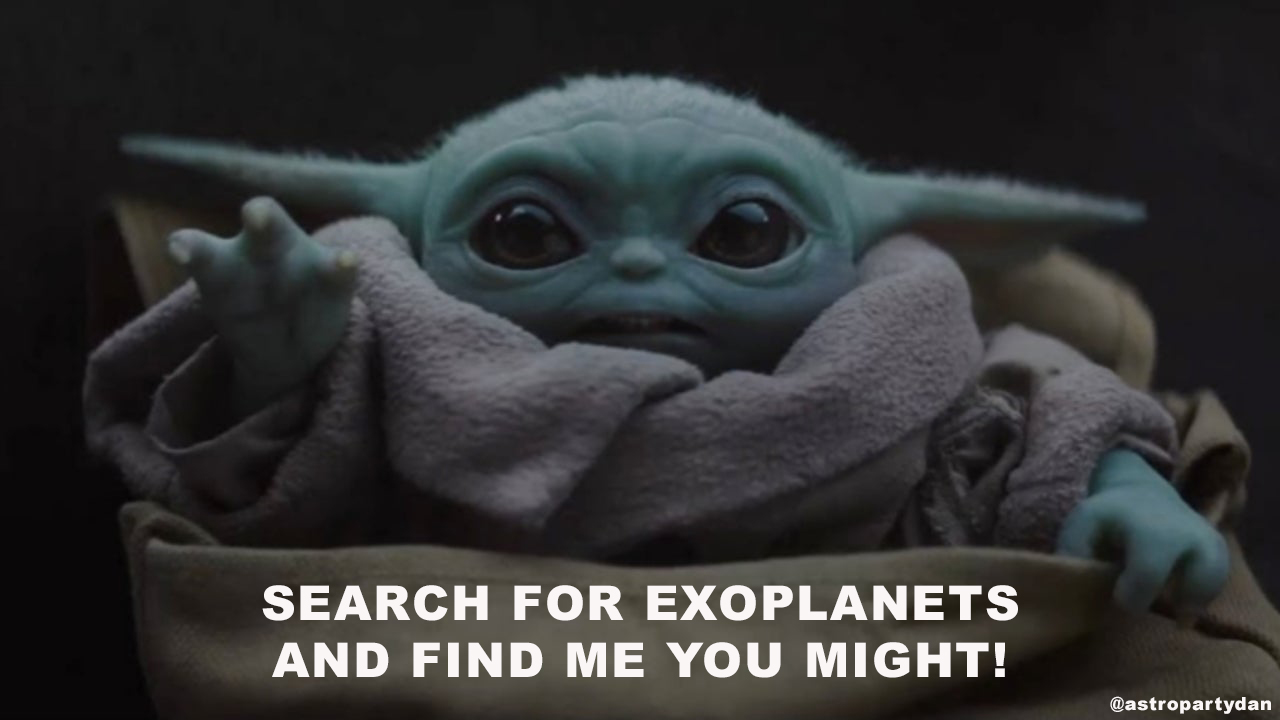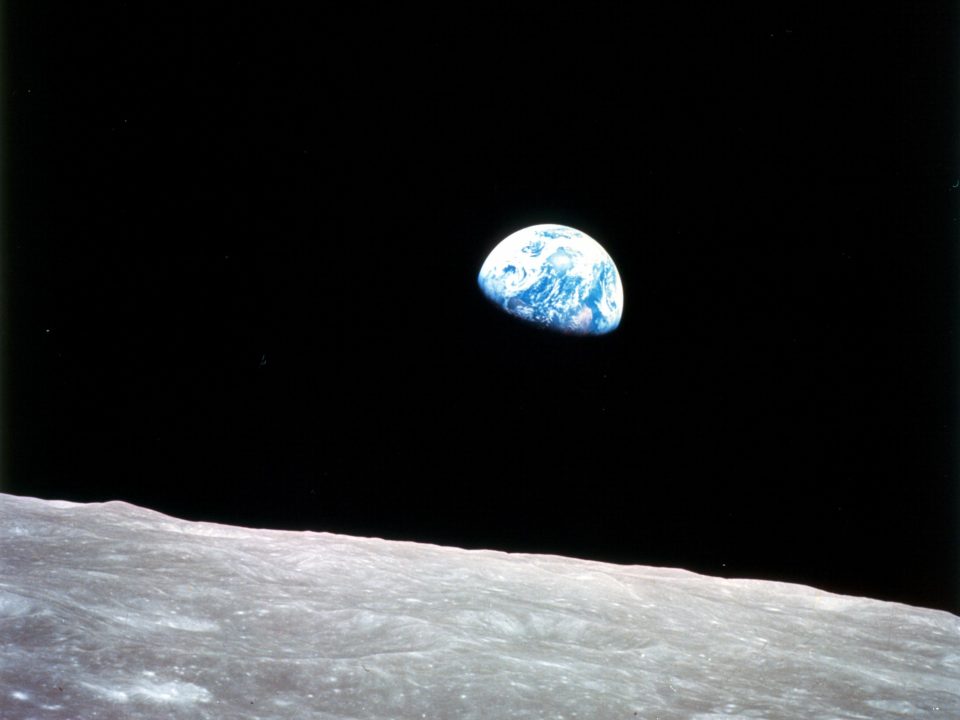
Finding a Space Station with a Backpack Telescope
November 28, 2019
January 24 Edition: Get your Unistellar eVscopes and help observe a NASA TESS exoplanet TONIGHT!
January 24, 2020Dear Unistellar eVscope users,
Want to be involved in something innovative like participating in the very first Unistellar exoplanet detection campaign? Then charge your eVscope and get ready because we need your help this weekend!
My name is Dan Peluso and I am doing my PhD in astrophysics with Franck Marchis (astronomer at the SETI Institute) and as a portion of my research I want to see if it is possible for any astronomy enthusiast around the world to coordinate with planet hunting scientists like us to help contribute to the search for planets around other stars (a.k.a. exoplanets). Exoplanet searches usually require elaborate setups, lots of study, maybe a fancy degree, and a sky mostly free of light pollution. With new technologies, such as with the new Unistellar eVscope and the citizen science network we are developing in coordination with the SETI Institute that is no longer the case!
Check out the article, Unistellar Consumer Telescope Will Help Astronomers Probe Exoplanets.
The Unistellar eVscope has already proven its capabilities to observe the transit of an exoplanet (see image 1 below).

Image 1: Transit light curve of WASP-43b. Observed with one Unistellar eVscope in March 2019 by Emmanuel Arbouch.
However, now we want to experiment with the possibilities of many eVscope users observing the same exoplanet and at the same time! Additionally, what will combining the data from many eVscopes do in helping us to learn more about these distant worlds? Ready to find out? I am! If you are too, then please read on for directions and details.
Exoplanet Observation Details
Date of observation:
Saturday, January 11, 2020
Observation Time:
8:18 pm – 12:26 am, Pacific Standard Time
*Hey, guess what? You don’t even have to be with your eVscope this entire time! I’ve done observations this long and after setting up went inside to catch up on my favorite shows, such as The Mandalorian.
Target:
WASP-50 (V=11.6). We hope to detect the planet, WASP-50b.
Celestial Coordinates:
Right Ascension (RA) –> 02:54:45.14
Declination (Dec) –> -10:53:53.1
(don’t forget that negative sign for your dec)! 😉
Directions:
- To make sure that there is enough space on your eVscope to collect data, download any previous data on your phone, then connect to your wifi and upload it to our server. To do this, click on “User”, then after it loads, click on “DOWNLOAD DATA”. Wait for it to finish and you will not want to use your phone while this downloads. After it downloads to phone, disconnect phone from eVscope, turn off eVscope, and connect your phone to your home high-speed WIFI network. Now select “UPLOAD DATA”.
- Make sure to charge your eVscope so it has enough charge for the ~4 hour observation
- Set up about 20-30 minutes before the observation start time
- After you connect to eVscope point at some bright stars and focus and then auto-align. Make sure it says alignment is successful
- After alignment, go to “Explore”, then scroll to the bottom and select “GoTo Ra/Dec” under the “Advanced” menu.
- Enter your RA and Dec (listed above). Double check your numbers and then hit GoTo
- Once the telescope finds your target look at the example FOV (field of view) below (image 2). Can you find your target? This is where your pattern recognition skills come in to play. If you need to slightly adjust your FOV use the joystick until the target is centered like in the example.
- Click on EnhancedVision (the “eye”).
- Your eVscope should now track the object the rest of the night
- Go watch Baby Yoda on The Mandalorian, another show, or read a book, take a nap, whatever!
- Come back at the observation end time and put the dust cap back on and take some frames called “dark frames”.
- Park your telescope and celebrate because you are officially an exoplanet hunter!
- Send us the data by downloading the data on your phone, then connecting to your wifi and uploading it to our server. Step 1 has details on how to do this.
Additional Info. and Warning:WASP-50 star is 4 degrees away from Eta Eri (also called Azha). It will be very low in the sky for San Francisco area observers at the end of the night so check your visibility.
This is a pilot program. This is innovative. You would be a part of the first to help develop this with us. You would be a pioneer. Let’s do this!

Use your Unistellar eVscope to find Baby Yoda! Lucasfilm/Walt Disney Pictures via Disney+





